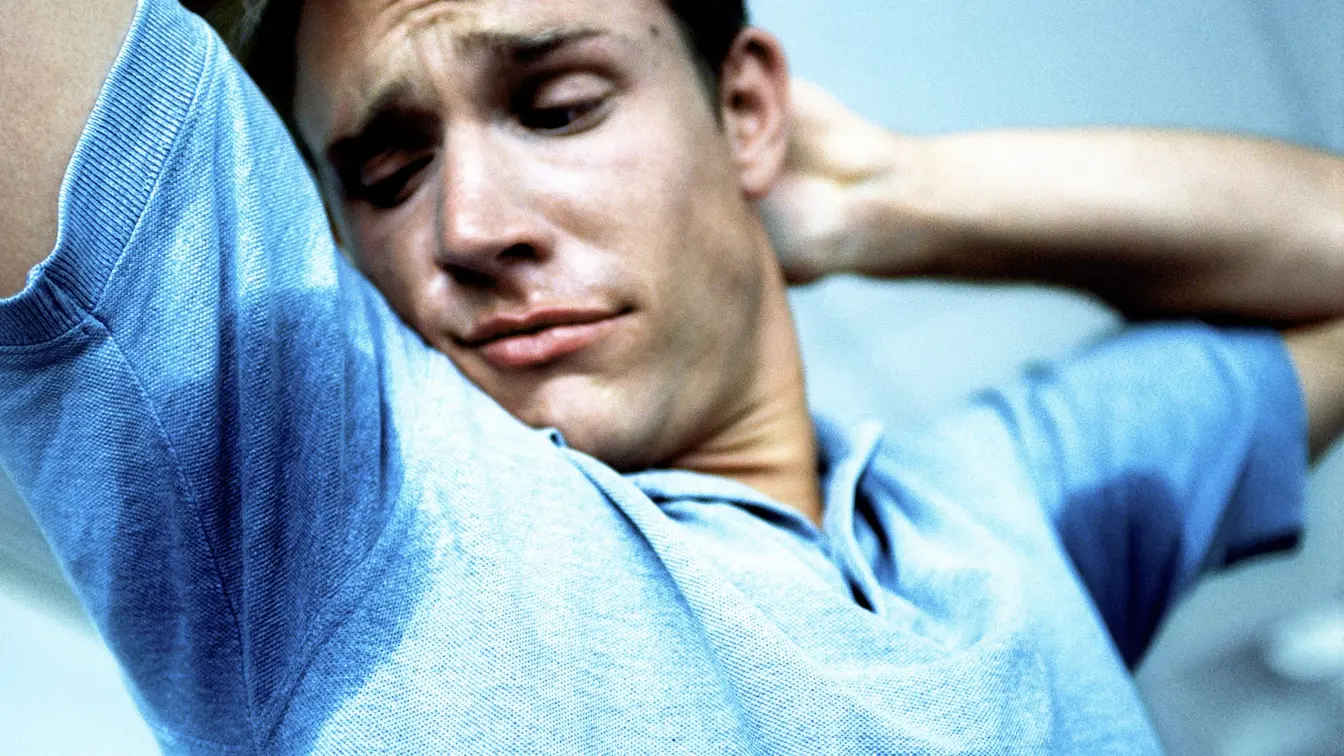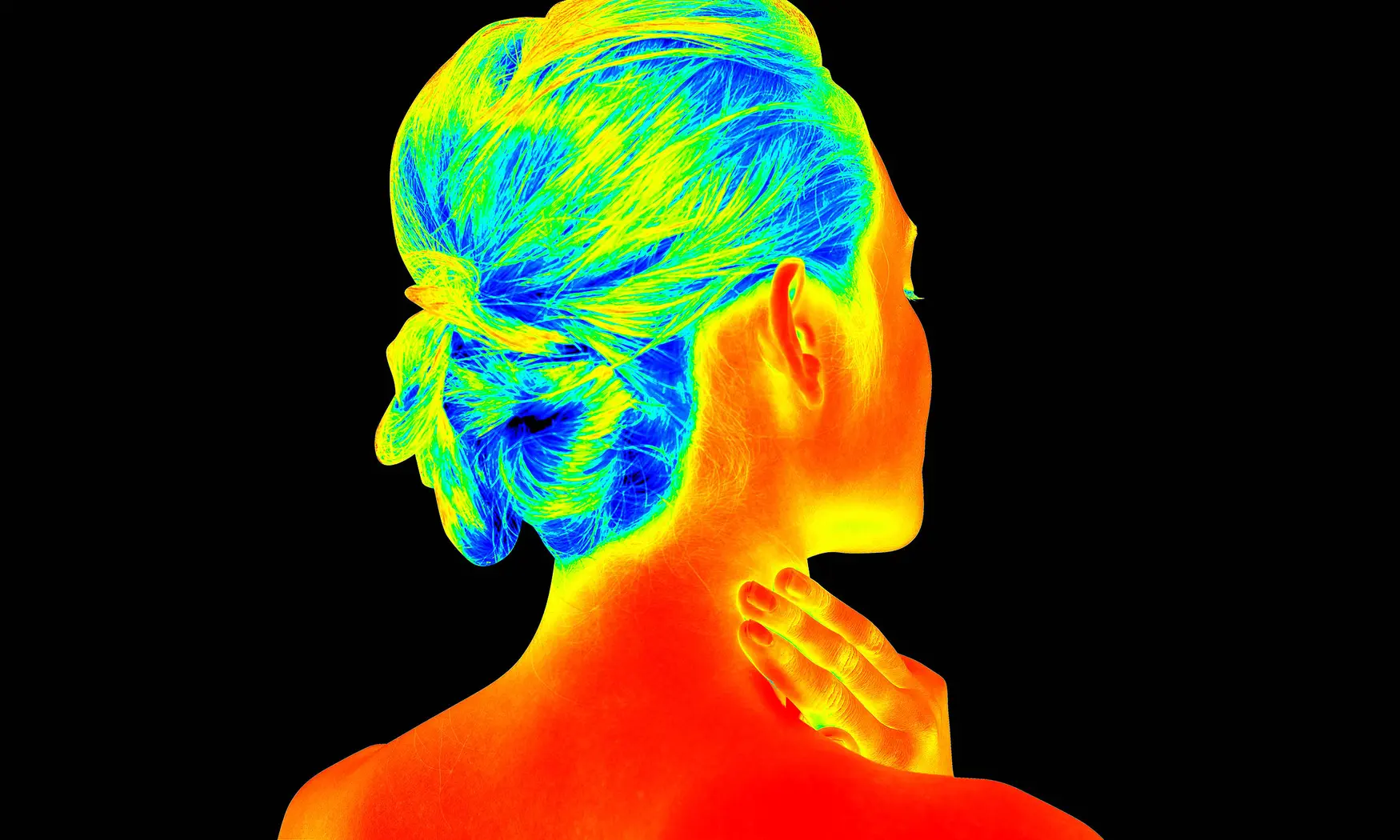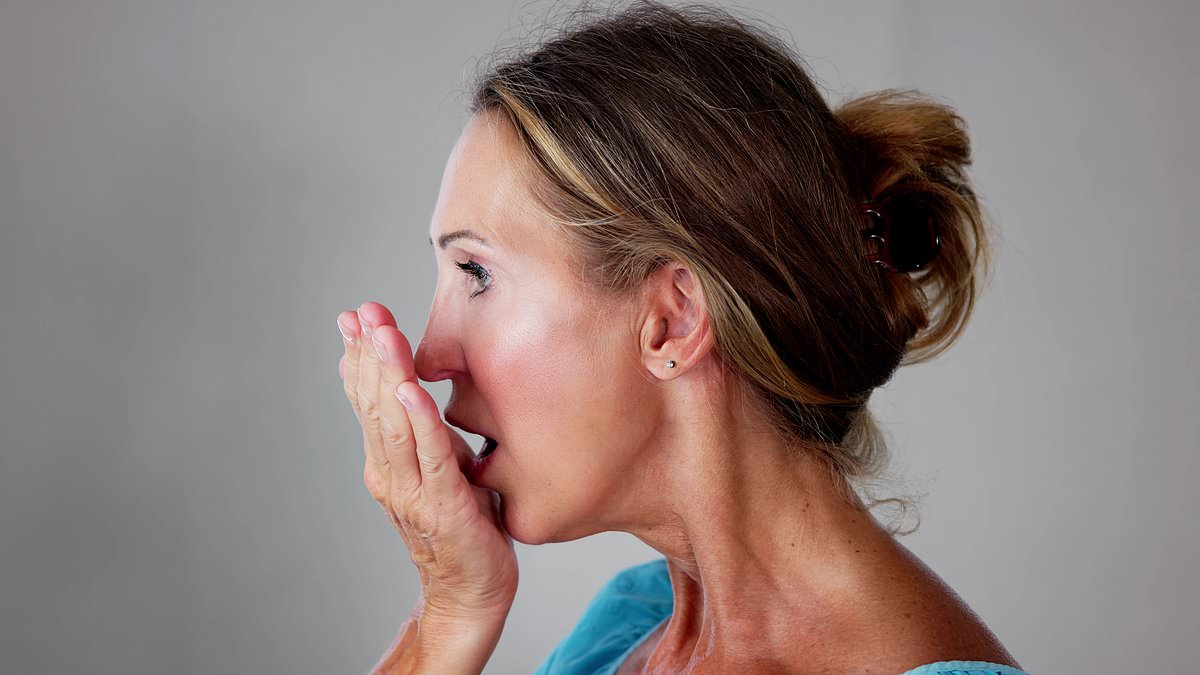T4K3.news
Sweat location signals health clues
A health feature explains how where you sweat can hint at medical issues and what to do next.

A health feature explains how sweat location can hint at medical issues and what treatments exist.
Where You Sweat Reveals Health Clues
Sweating is a normal response to heat, exercise and stress. The article notes that about two in every hundred people have hyperhidrosis, often affecting the armpits, palms, soles or scalp. Treatments include strong aluminium chloride antiperspirants, injections of botulinum toxin and, in severe cases, surgical removal of sweat glands. A doctor should be consulted if sweating starts suddenly or without a clear cause.
Location matters. Forehead and face sweating may point to craniofacial hyperhidrosis and to conditions such as thyroid disease or diabetes. Gustatory sweating during meals can occur in Frey syndrome, often linked to prior surgery near the parotid glands. Night sweats can signal menopause or infections. Practical tips include cleansing the skin, wearing natural fabrics, drinking enough fluids, and seeking medical advice if sweating is persistent or bothersome.
Key Takeaways
"Sweating is the body s natural way to regulate temperature"
Dr Luke Powles explains how sweating helps cool the body
"Hyperhidrosis usually affects armpits palms and soles"
Dr Claudia DeGiovanni on common sites
"Botulinum toxin under the arms can block nerves that trigger sweating"
Dr Powles on Botox treatment
"If sweating occurs without heat or stress see a doctor"
Dr Powles on red flags
The piece treats sweating as a health signal, moving from everyday heat driven sweating to medical conditions with practical treatment options. It translates medical ideas into accessible guidance for a general audience.
At the same time, it would benefit from addressing access to care and cost barriers for treatments such as Botox or iontophoresis, which shapes how readers act on advice. It also flags the social stigma around sweating and the need for empathy when discussing this common condition.
Highlights
- Sweat helps cool the body
- Underarm dampness may signal axillary hyperhidrosis
- Botox underarms can give months of relief
- If sweating occurs without heat or stress see a doctor
Understanding sweat as a health signal can guide care and reduce stigma.
Enjoyed this? Let your friends know!
Related News

Mosquito bite frequency linked to blood type

Study reveals link between body temperature and depression

Oura ring signals cancer months before doctors diagnose

Breath odors can hint at serious health problems

A young man nearly dies from sepsis after popping a spot

New Clue About Eleven Revealed for Stranger Things Season 5

Expert warns of germs in public swimming pools

New studies explore sunlight benefits for health
